Blog
How to Optimize Product Pages
If the goal is to understand how to optimize product pages we need to first zoom out to see how shoppers discover new products.
There are two paths for this:
Path 1
They have a problem and go to Google to research it. For example: “How to improve home air quality”, “highest rated room air purifier,” etc. That search exposes a bunch of targeted ads:
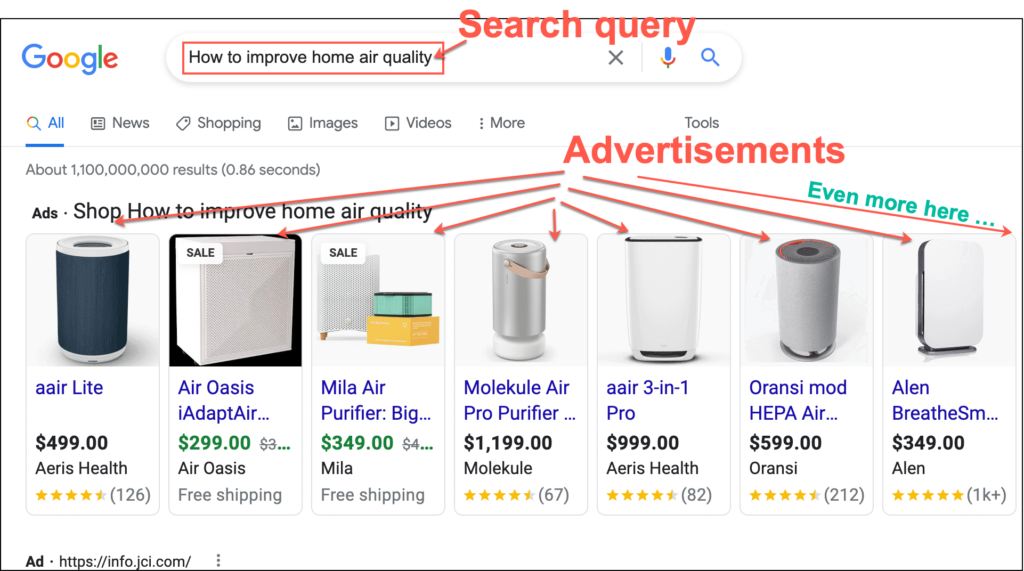
Path 2
While scrolling their Facebook feed they see an advertisement for something that catches their attention. Example:
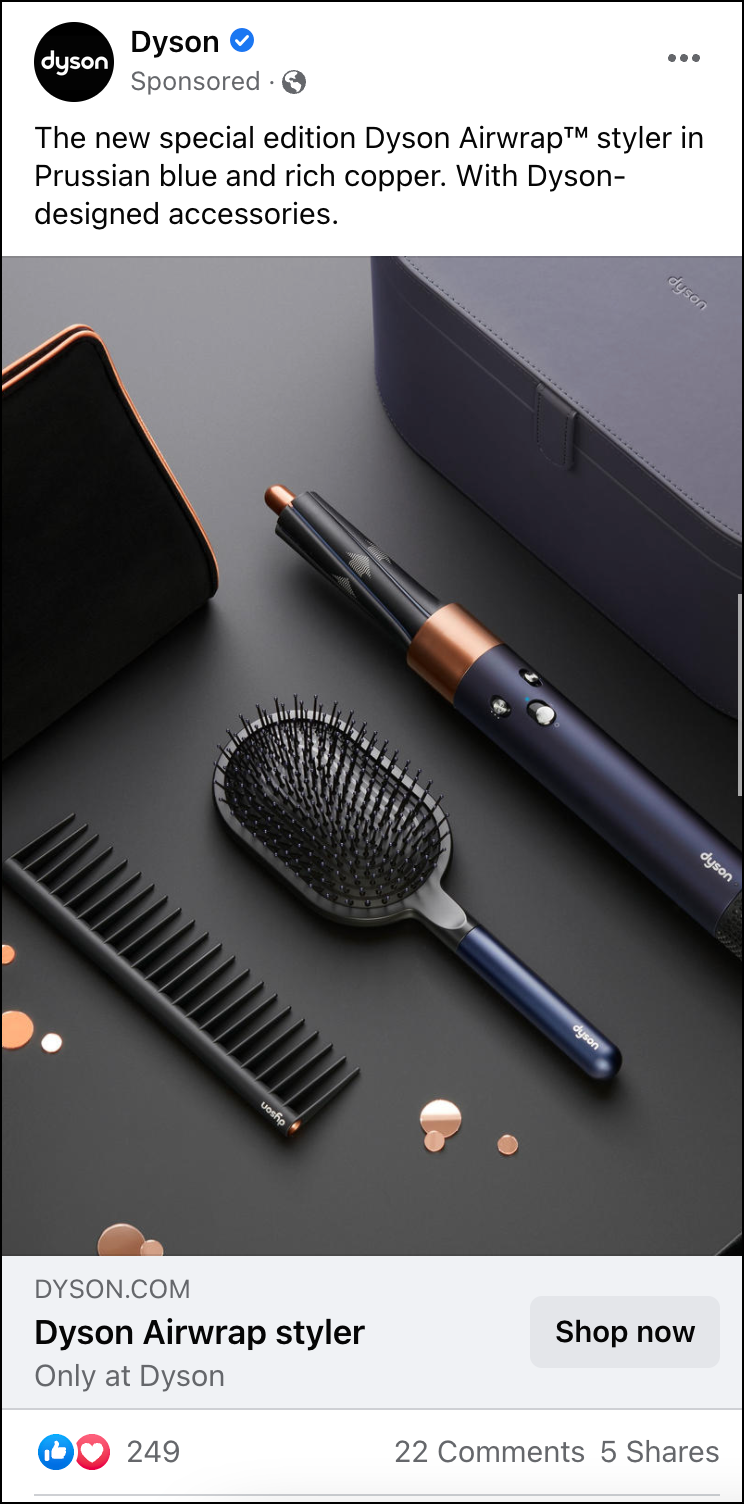
For both paths clicking the ad takes the shopper directly to the product page.
How to Optimize Product Pages— The Actual Process
Now that we’ve established the central role of the product page (PDP) we need to think about what element of the product page matters the most?
— Is it the product photos?
— The customer reviews?
— The layout?
— The design of the page?
— The product description?
The elements listed above are important. But some of them are expensive to redo (product photography for example) and some of them are outside of our control (customer reviews.)
Having done split testing for the last 13 years we have explored every possible lever to optimize product page conversion rates. And we’ve concluded that the most important part of the page (the answer to the question “how to optimize product pages”) is the product description.
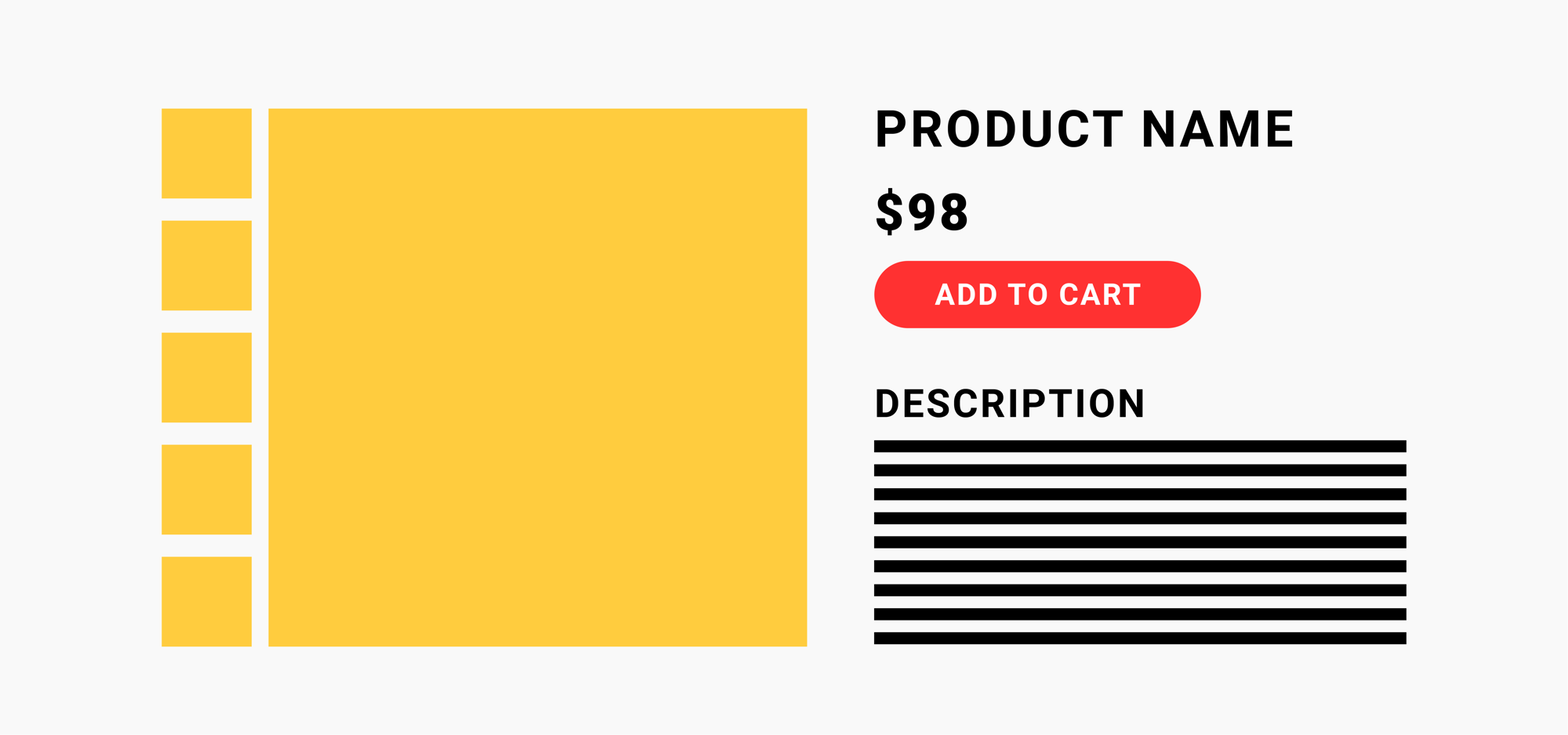
Why the Product Description Matters
For a new visitor landing on your page, your product is completely new to them. They don’t know how amazing this product is, how complicated its development was, and how it’s going to radically improve their lives. They might be able to get some of this by looking at the product images but the bulk of this information is gathered in your product description section. It is for this reason that the marketer needs to present the whole sales page within the product description.
Sometimes we assume that the shopper may have seen part of our sales page on the ad or might have seen part of our sales page on our about us page etc. and so we don’t repeat it on the product page. What I typically find is that the product description is highly condensed.
This I think is a mistake. We don’t know what all pages this shopper had seen on their journey to this page. We also don’t know if the shopper is a scammer or a digger. Therefore my suggestion is to be as detailed as possible with the product description.
How to Craft Copy for the Product Description (Sales Pitch)
Make no mistake about it, the purpose of your product description isn’t to describe the product. It is to sell the product. Your product description is your sales pitch.
Sales pitches are built very intentionally. They typically have this structure:
Opening
The first part of the sales pitch welcomes the prospect, lets them know our solution is the one for them, and starts building trust.
If the start isn’t strong it wouldn’t matter that the content on paragraph three is pure magic because most paid traffic will never reach that far. They will be turned off by the opening and leave.
When the visitor first lands my goal isn’t to get them to buy, that comes later. My first goal is to prevent them from bouncing:

To fix bounce the marketer needs to nail the opening of the opening.
In the Further Reading section, we’ve linked to an article that shows the actual copy you need to use in the opening of your sales pitch. The copy is written, you just have to copy-paste it to the top of your product description.
Now that we’ve fixed the opening of our opening we need to build a solid foundation.
At this point, there is no trust equity with this new visitor. Before we can start selling the shopper on our breakthrough product we need to help them get over the unfamiliarity barrier:
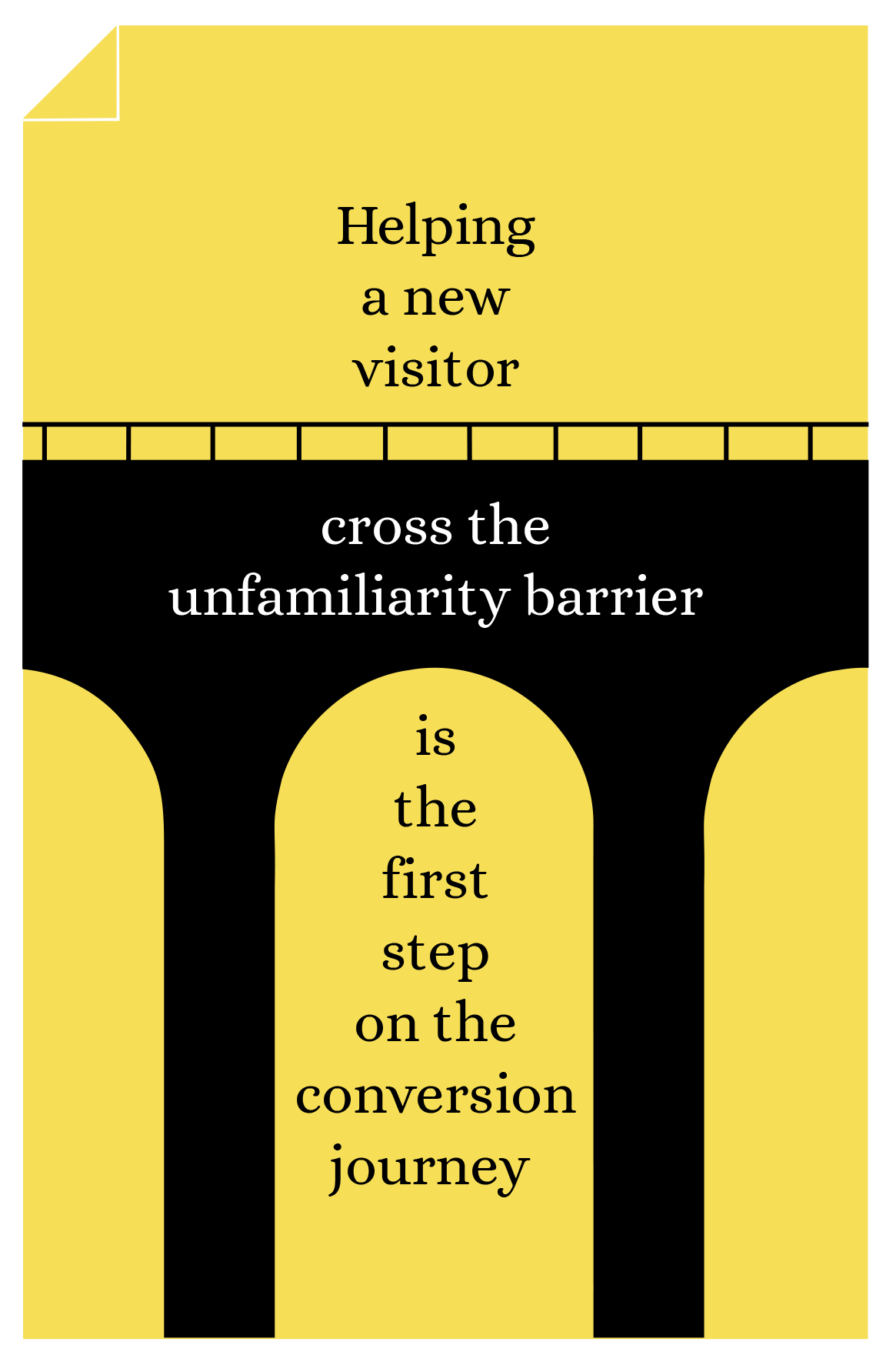
To get this new visitor over the unfamiliarity barrier we rely on the “why we exist” story. This is your origin story—about how seeing the light inspired you to lace up mountain climbing boots.
Details about crafting this story are in the Further Reading section below. Don’t worry, the rest of this article will make perfect sense even if you don’t know all the details of the “why we exist” story.
Let’s move on to the second part of the sales pitch.
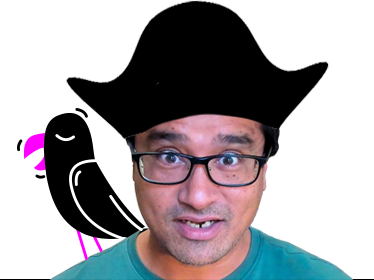
Since you're liking this article on how to optimize product pages you're gonna love the conversion ideas I share in my weekly newsletter. Signup below. If it isn't as good as I'm making it sound unsubscribe with one click.
Middle
The second part of the sales pitch is designed to build a case for our product. It gets into technical details, differentiates our product from competing solutions, and resolves the main negative thoughts the buyer might have about missing or inferior features.
This is where we’re really impressing the buyer with our knowledge about the problem they’re facing. This is where we present the visitor our “why this product must exist? story. The basic idea behind this story is to persuasively let the new visitor know that there is no product in the world (at this price point) that can deliver this degree of value.
Closing
The third and final part squarely focuses on closing the sale. The marketer knows his biggest enemy is inertia— the shopper deciding not to take any action at all. So the marketer helps the prospect imagine her improved life. We’re near the bottom of the page, time is running out. We’ve got to take the shopper over the finish line.
The construction of the sales pitch has to be perfect. The marketer needs to think of every potential scenario. I like to think of copywriting as a court case where the copywriter is playing the role of a lawyer and trying to convince a jury of 12.
To win the case (close the sale) we need to convince each jury member.

We can’t lie or bend the truth. If the judge even gets a whiff of that she’ll throw out the case. But we can make the truth interesting. So that’s what the copywriter does.
What we’ve shown above is the structure of the three-act sales pitch (product story). The reality is, individual elements for each act can be arranged slightly differently depending on your situation and style. Don’t use this template as gospel. Think of it more as a guideline. For example, we typically like to place the “why we exist” story as part of the first act and “why this product must exist” as part of the second act. But flipping the order could work, too.
Our basic idea is this— by the time the shopper reaches the bottom of our sales pitch we want her to have absorbed and built harmony with the most important aspects of our sales pitch. That’s it.
Was this section about the three acts of a sales pitch clear? /
Thank you for your feedback. You are the best.
Give me your email address and I’ll do my best to properly explain my idea.
Thanks, I'll be in touch soon.
Interested in a secret that almost no one knows about?
Revealing It All
We hope you liked this article about how to optimize product pages.
We have so much more to share with you.
Why Listen to Us?
We’ve spent the last 14 years in our marketing lab 🧑🔬 🧪, experimenting on online shoppers. We’ve learned a crap ton and are ready to share those learning.
We want more marketers and CEOs to know about it.
Eventually, we’ll make this into a book. If you want an unfair advantage over competitors now is the time to steal our ideas because once they are published the cat will be out of the bag.
After 100s of failed experiments, we’ve learned that the secret to growing sales is ignoring 84% of your site visitors so you can triple down on a very special group. We call this group Healthy Skeptics. 👈🏼 click the link to your left for an unfair advantage over the competition.



